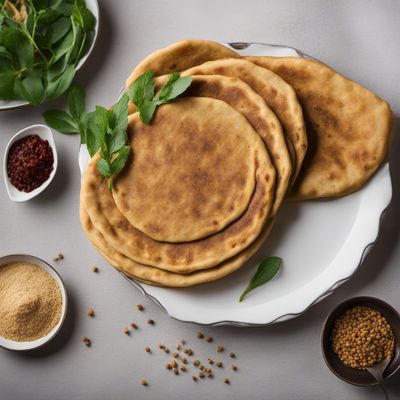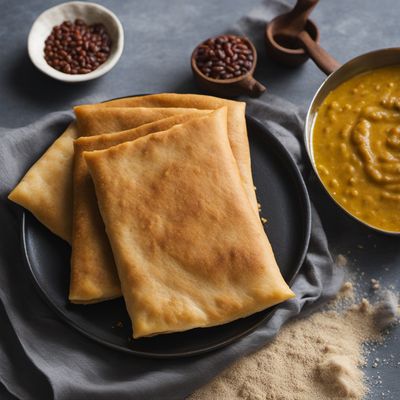
Dish
Puran poli
Puran poli is made by cooking lentils and jaggery together, then grinding them into a paste. This paste is then used as a filling for a flatbread made from wheat flour. Puran poli is a popular dessert in many parts of India, and is often served during festivals and special occasions. It is a good source of protein and carbohydrates.
Origins and history
Puran poli has been a popular food in India for centuries, and is often associated with festivals and celebrations. It is believed to have originated in the state of Maharashtra, but is now eaten in many parts of India.
Dietary considerations
Vegetarian
Variations
There are many variations of puran poli, depending on the region and the ingredients used. Some people add spices or nuts to the filling, while others use different types of flour for the flatbread.
Presentation and garnishing
Puran poli is often served on a plate, with a dollop of ghee or yogurt on top. It can be garnished with nuts or dried fruits, or with a sprinkle of powdered sugar or cinnamon.
Tips & Tricks
To make puran poli, it is important to cook the lentils and jaggery until they are soft and well combined. The dough for the flatbread should be rolled out thinly and evenly, to ensure that the filling is evenly distributed. It is also important to watch the flatbreads carefully while they are cooking, to prevent them from burning.
Side-dishes
Puran poli is often served with a side of ghee (clarified butter) or yogurt. It can also be served with a variety of chutneys or sauces, such as tamarind or mint chutney.
Drink pairings
Puran poli pairs well with a variety of drinks, such as tea, coffee, or milk. It is also often served with traditional Indian drinks, such as lassi or masala chai.
Delicious Puran poli recipes
More dishes from this category... Browse all »
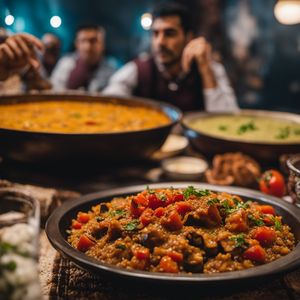
Abud
Arab cuisine

Aish baladi
Egyptian cuisine
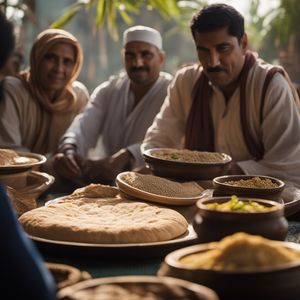
Aish merahrah
Egyptian cuisine
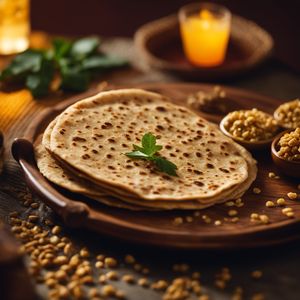
Ajwain paratha
Indian cuisine
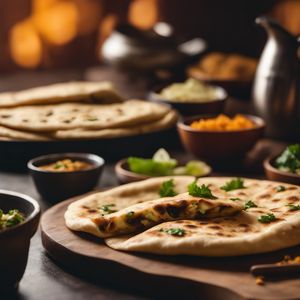
Aloo naan
Indian cuisine

Amdo balep
Tibetan cuisine
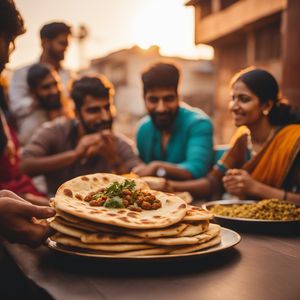
Amritsari kulcha
Indian cuisine
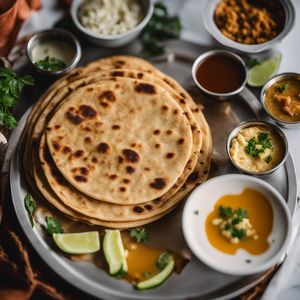
Anda paratha
Indian cuisine
More cuisines from this region...
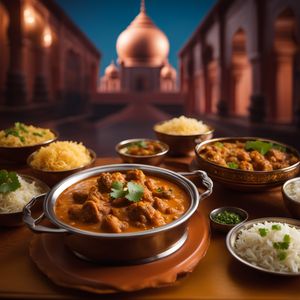
East Indian cuisine
Spicy and tangy flavors, Uses a lot of herbs and spices (mustard seeds, cumin, coriander), Uses a lot of fish and seafood which give it a unique flavor
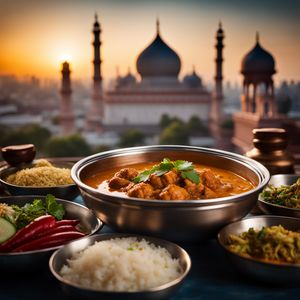
North East Indian cuisine
Spicy, Tangy, Flavorful, Unique
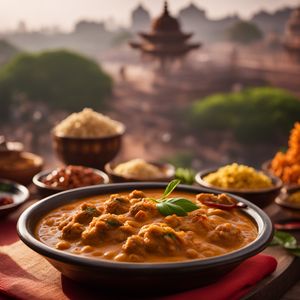
North Indian cuisine
Spicy, Tangy, Aromatic, Sweet, Uses a lot of oil and ghee
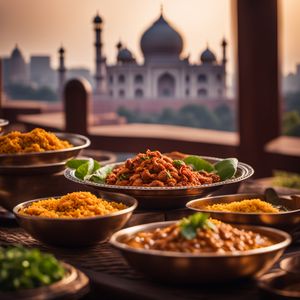
Other Indian cuisine
Spicy, Tangy, Sweet, Sour, Pungent
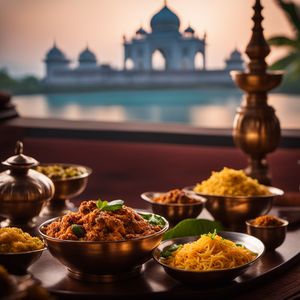
South Indian cuisine
Spicy, Tangy, Sweet, Savory, Aromatic

West Indian cuisine
Spicy, Bold, Tangy, Sweet, Savory
